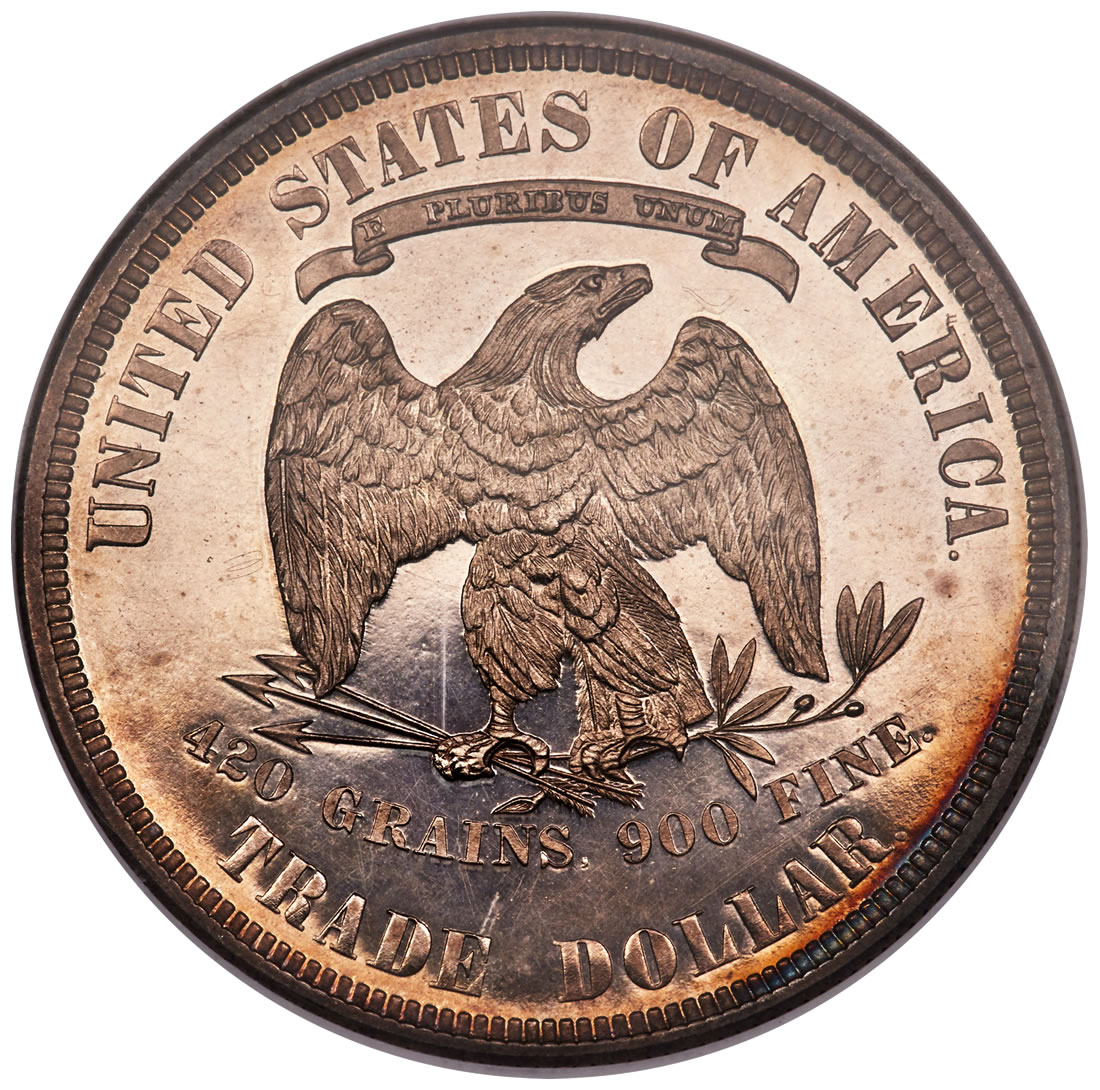
1.4.1 Lydian and Ionian electrum coins (c.porcelain) have been used to produce coins for circulation, collection, and metal investment: bullion coins often serve as more convenient stores of assured metal quantity and purity than other bullion. Historically, a considerable variety of coinage metals (including alloys) and other materials (e.g. While the Eagle, and Sovereign coins have nominal (purely symbolic) face values, the Krugerrand does not. Examples of modern gold collector/investor coins include the British sovereign minted by the United Kingdom, the American Gold Eagle minted by the United States, the Canadian Gold Maple Leaf minted by Canada, and the Krugerrand, minted by South Africa. If the difference becomes significant, the issuing authority may decide to withdraw these coins from circulation, possibly issuing new equivalents with a different composition, or the public may decide to melt the coins down or hoard them (see Gresham's law).Įxceptions to the rule of face value being higher than content value also occur for some bullion coins made of copper, silver, or gold (and rarely other metals, such as platinum or palladium), intended for collectors or investors in precious metals.

In the last hundred years, the face value of circulation coins has occasionally been lower than the value of the metal they contain, for example due to inflation. Usually the highest value coin in circulation (excluding bullion coins) is worth less than the lowest-value note. Other coins are used as money in everyday transactions, circulating alongside banknotes. Coins, made of valuable metal, are stored in large quantities as bullion coins. The obverse of a coin is commonly called heads, because it often depicts the head of a prominent person, and the reverse tails.Ĭoins are usually made of metal or an alloy, or sometimes of man-made materials. In this usage, obverse means the front face of the object and reverse means the back face. Obverse and its opposite, reverse, refer to the two flat faces of coins and medals. Coins often have images, numerals, or text on them. They are most often issued by a government. They are standardized in weight, and produced in large quantities at a mint in order to facilitate trade. Together with our members we look into these developments.A coin is a small, flat, (usually depending on the country or value) round piece of metal or plastic used primarily as a medium of exchange or legal tender. There are also concerns with regards to the continuity, privacy and security of the common telecommunications infrastructure. The telecommunications sector is facing a number of important developments, such as the implementation of the European Electronic Communications Code, roll-out of 5G and high-speed broadband infrastructures, the Internet of Things and Smart Homes.

We also support the provisioning of data for subscriber information and emergency services.Īll COIN services are easily accessible through an API or a web portal.Īnd as a member you also have a say in the further development of our services. We can activate telephone numbers and number ranges assigned by the Dutch regulator, we facilitate the Dutch number porting process, we offer a switching service for internet and bundles and we can help you to connect to Dutch wholesale services. We can help you to comply with a number of obligations from legislation, regulation and self-regulation.Ī few examples. Your browser does not support the video tag.ĭo you offer telecommunications services?Īs a telecommunications service provider in The Netherlands we recommend you to join COIN. We support end-to-end interoperability of telecommunications services and contribute to an open telecommunications market in which consumers and businesses can switch telecommunications service provider in an efficient and customer-friendly way. As an association we provide a joint platform to set-up and facilitate common business processes with respect to legislation, regulation and increasingly self-regulation. Association for telecommunications providers Who are we?ĬOIN is an association of Dutch telecommunications service providers.


 0 kommentar(er)
0 kommentar(er)
